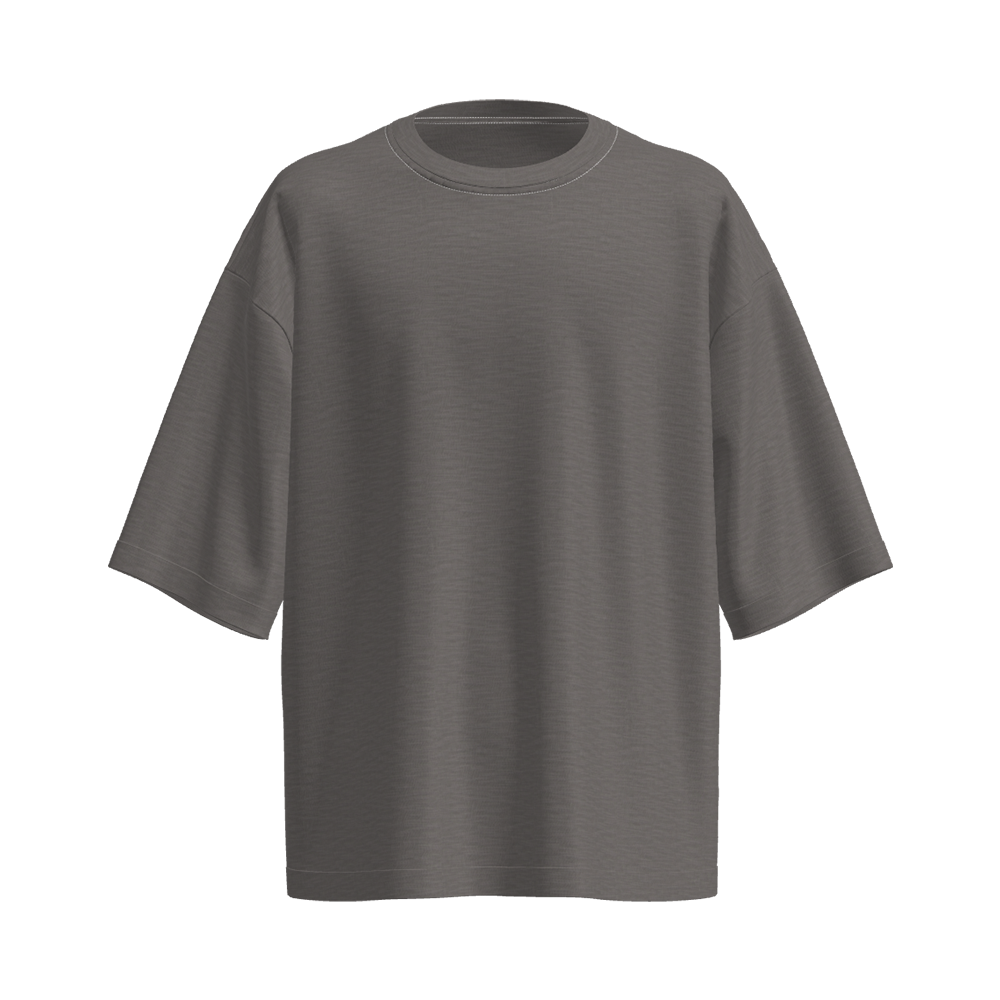
M/S digital printed single jersey fabric: How does the washing process create excellent quality?
In the production process of M/S digital printed single jersey fabric, the washing process follows steaming. During the steaming process, the fabric is in a high temperature and high humidity environment, and the dye molecules are able to penetrate into the fiber, forming chemical bonds or physical adsorption with the fiber, thereby achieving color fixation. However, steaming cannot ensure that all dyes are completely fixed, and some dyes still exist in a free state on the surface of the fabric or in the gaps between fibers. If these unfixed dyes are not removed in time, they will not only affect the color fastness of the fabric, but may also cause subsequent pollution problems. Therefore, washing has assumed the dual mission of cleaning and color fixation.
The first step of washing is rinsing with clean water. In this step, the fabric is placed in clean water, and through multiple rinsings, the unfixed dyes and impurities are removed from the surface and inside of the fabric by using water flow and mechanical action. The effect of rinsing with clean water directly determines the final cleanliness and color fastness of the fabric. In order to ensure the rinsing effect, a circulating water system is usually required to ensure the complete removal of unfixed dyes by constantly replacing fresh water and increasing the number of rinsing times.
In the process of rinsing with clean water, water flow and mechanical action play a vital role. The water flow can not only wash away impurities and unfixed dyes on the surface of the fabric, but also penetrate into the fiber, taking away the dyes and impurities hidden in the gaps between the fibers. Mechanical actions, such as stirring and scrubbing, can enhance the cleaning effect of the water flow and make the fabric clean more deeply. It should be noted that the intensity of the mechanical action needs to be moderate. Excessive mechanical action may damage the fabric fibers and affect the feel and durability of the fabric.
In addition to clean water rinsing, water flow and mechanical action, parameter adjustment during the washing process is also a key factor in shaping the excellent quality of M/S digital printed single-sided knitted fabrics. These parameters include washing temperature, time and water quality.
Washing temperature: The washing temperature directly affects the solubility of the dye and the expansion of the fabric fibers. Appropriate temperature can accelerate the dissolution and removal of dyes, while expanding the fibers, which is conducive to the discharge of dyes and impurities. However, too high a temperature may cause damage to the fabric fibers, affecting the feel and durability of the fabric. Therefore, during the washing process, it is necessary to select the appropriate washing temperature according to the material of the fabric and the characteristics of the dye.
Washing time: The length of the washing time also affects the cleanliness and color fastness of the fabric. Too short a time may not completely remove unfixed dyes and impurities, while too long a time may cause excessive expansion and damage to the fabric fibers. Therefore, during the washing process, it is necessary to reasonably set the washing time according to the actual situation and cleaning requirements of the fabric.
Water quality: The quality of water is directly related to the washing effect. Hardness ions such as calcium and magnesium contained in hard water are easy to combine with dyes to form precipitation, affecting the cleanliness and color fastness of the fabric. Therefore, during the washing process, soft water or treated water is needed to reduce the impact of hardness ions on the fabric. At the same time, it is also necessary to regularly test the water quality to ensure the stability and cleanliness of the water quality.
With the increasing awareness of environmental protection, the washing process of M/S digital printed single-sided knitted fabrics is also facing new challenges. How to reduce water consumption and pollutant emissions while ensuring the cleanliness and color fastness of fabrics has become an important direction for innovation in washing processes. To this end, many companies have begun to adopt water-saving washing equipment and technologies, such as countercurrent rinsing and ultrasonic cleaning, to improve the efficiency of water resource utilization. At the same time, the discharge of water pollutants is also reduced by introducing biodegradable dyes and auxiliaries, and building sewage treatment facilities.
LATEST POST
Let’s create something amazing together
contact usDon't hesitate to contact when you need us!



 English
English 한국어
한국어 中文简体
中文简体









 +86-512-52528088
+86-512-52528088 +86-512-14546515
+86-512-14546515

